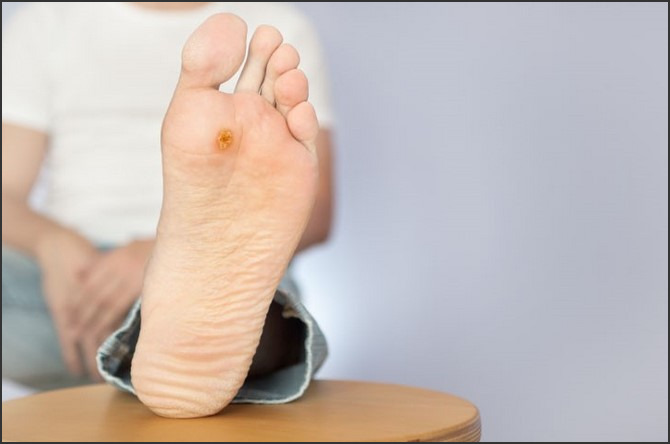
Seed warts on the toes are a common skin condition that can cause discomfort and embarrassment. They are caused by the human papillomavirus (HPV) and can be spread through direct contact with an infected person or object. Seed warts can be removed through various treatments, such as cryotherapy, laser therapy, and topical medications. Preventive measures, such as wearing protective footwear and avoiding contact with infected individuals, can help reduce the risk of developing seed warts. This article will discuss the causes, removal, and preventive measures of seed warts on the toes.
What Causes Seed Warts on Toes and How Can You Prevent Them?
Seed warts, also known as mosaic warts, are a type of common wart caused by the human papillomavirus (HPV). They are typically found on the feet, particularly on the toes, and can be painful and unsightly. Seed warts are characterized by clusters of small, rough bumps that may have a grainy texture, resembling a mosaic pattern.
The primary cause of seed warts is direct contact with the HPV virus. This virus is highly contagious and can be spread through contact with an infected person or object. It is also possible to contract the virus through contact with a contaminated surface, such as a public shower or pool.
The best way to prevent seed warts is to practice good hygiene. This includes washing your hands regularly and avoiding contact with any surfaces that may be contaminated with the virus. It is also important to wear protective footwear, such as flip-flops, when using public showers or pools. Additionally, it is important to avoid direct contact with any person or object that may be infected with the virus.
If you already have seed warts, it is important to avoid picking or scratching them. This can spread the virus to other parts of your body or to other people. It is also important to keep the affected area clean and dry. Over-the-counter treatments, such as salicylic acid, can be used to help reduce the size and number of warts. However, if the warts persist, it is important to seek medical advice. A doctor may prescribe a stronger treatment, such as cryotherapy or laser therapy.
How to Safely Remove Seed Warts on Toes: Treatment Options and Tips
Seed warts, also known as plantar warts, are a common skin condition that can affect the feet. They are caused by a virus and can be painful and unsightly. Fortunately, there are several treatment options available to safely remove seed warts on toes.
The first step in treating seed warts is to visit a doctor or dermatologist. They can diagnose the condition and recommend the best treatment option for you. Common treatments include cryotherapy, laser therapy, and topical medications.
Cryotherapy is a procedure that involves freezing the wart with liquid nitrogen. This causes the wart to blister and eventually fall off. It is a relatively quick and painless procedure, but it may need to be repeated several times for the wart to be completely removed.
Laser therapy is another option for treating seed warts. This procedure uses a laser to destroy the wart and the surrounding tissue. It is a more expensive option, but it is also more effective and can be done in one session.
Topical medications are also available to treat seed warts. These medications contain salicylic acid, which helps to break down the wart and make it easier to remove. It is important to follow the instructions on the package carefully, as these medications can cause skin irritation.
In addition to medical treatments, there are also some home remedies that can be used to remove seed warts. One of the most popular home remedies is to soak the affected area in warm water and then use a pumice stone to gently rub away the wart. This should be done several times a day for several weeks.
It is also important to keep the area clean and dry to prevent the spread of the virus. Wear clean socks and shoes and avoid walking barefoot in public areas.
By following these tips and using the right treatment option, you can safely remove seed warts on toes. However, if the warts do not respond to treatment, it is important to see a doctor or dermatologist for further evaluation.
Conclusion
Seed warts on the toes can be an uncomfortable and unsightly condition, but they are generally harmless and can be treated with over-the-counter medications or home remedies. If the warts do not respond to these treatments, a doctor may be able to provide more aggressive treatments. To prevent seed warts from occurring, it is important to keep the feet clean and dry, wear shoes in public areas, and avoid contact with warts on other people. With proper care and treatment, seed warts on the toes can be managed and prevented.